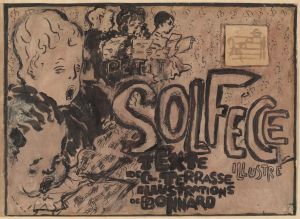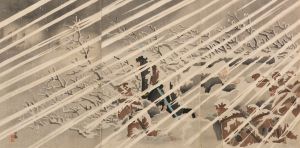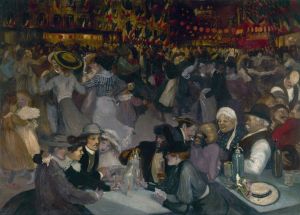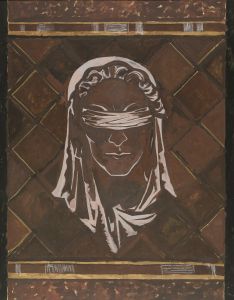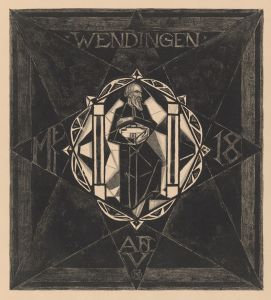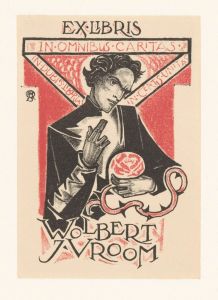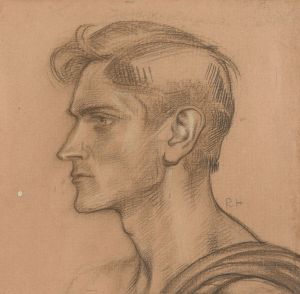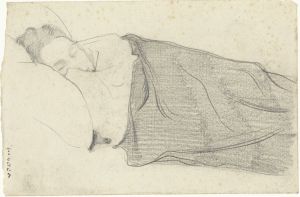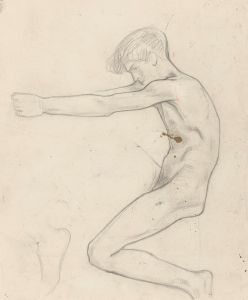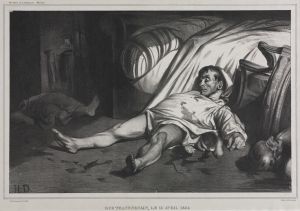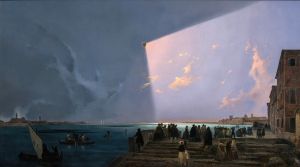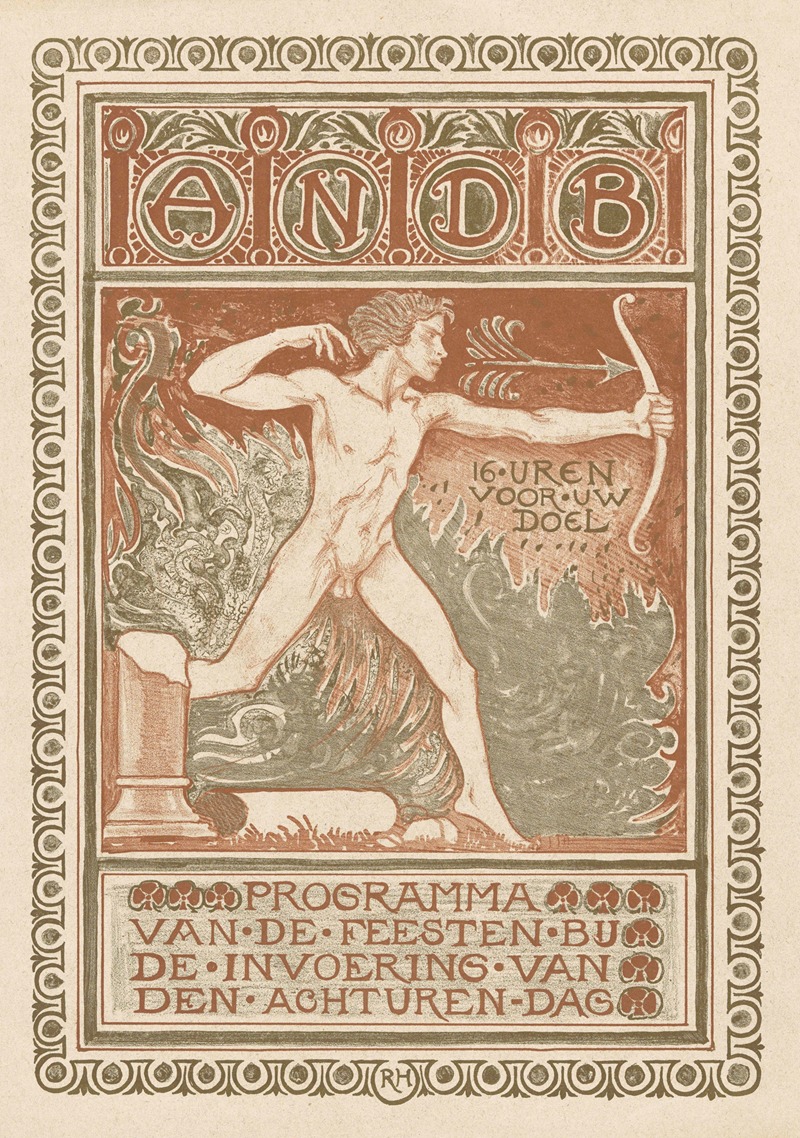
Omslagontwerp voor; Feestprogramma van de Algemene Nederlandse Diamantbewerkersbond bij de invoering van de achturendag
A hand-painted replica of Richard Nicolaüs Roland Holst’s masterpiece Omslagontwerp voor; Feestprogramma van de Algemene Nederlandse Diamantbewerkersbond bij de invoering van de achturendag, meticulously crafted by professional artists to capture the true essence of the original. Each piece is created with museum-quality canvas and rare mineral pigments, carefully painted by experienced artists with delicate brushstrokes and rich, layered colors to perfectly recreate the texture of the original artwork. Unlike machine-printed reproductions, this hand-painted version brings the painting to life, infused with the artist’s emotions and skill in every stroke. Whether for personal collection or home decoration, it instantly elevates the artistic atmosphere of any space.
Richard Nicolaüs Roland Holst was a prominent Dutch artist and designer, known for his significant contributions to the arts and crafts movement in the Netherlands. One of his notable works is the cover design for the "Feestprogramma van de Algemene Nederlandse Diamantbewerkersbond bij de invoering van de achturendag," which translates to "Celebration Program of the General Dutch Diamond Workers' Union for the Introduction of the Eight-Hour Day." This piece is a reflection of both his artistic style and his engagement with social issues of his time.
Roland Holst was born on December 4, 1868, in Amsterdam, into a family with artistic inclinations. He studied at the Rijksakademie van Beeldende Kunsten in Amsterdam, where he developed his skills in various forms of art, including painting, drawing, and design. His work is characterized by a strong sense of line and form, often incorporating elements of symbolism and social commentary.
The "Feestprogramma" cover was created in the context of a significant social reform: the introduction of the eight-hour workday. This reform was a major milestone in labor rights, aimed at improving the working conditions and quality of life for workers. The General Dutch Diamond Workers' Union, a key player in advocating for labor rights, organized a celebration to mark this achievement, and Roland Holst was commissioned to design the cover for the event's program.
Roland Holst's design for the program cover is emblematic of his style, which often combined elements of Art Nouveau with a distinct Dutch aesthetic. The cover likely features intricate line work and symbolic imagery, reflecting both the celebration of the workers' achievement and the broader social movement towards improved labor conditions. Although specific details of the design are not widely documented, it can be inferred that the artwork would align with Roland Holst's known artistic themes, which often included motifs of unity, strength, and progress.
Throughout his career, Roland Holst was deeply involved in the cultural and political movements of his time. He was a member of several artistic societies and contributed to various publications that promoted social change through art. His work extended beyond graphic design to include murals, stained glass, and book illustrations, all of which carried his distinctive style and social consciousness.
In addition to his artistic endeavors, Roland Holst was also an educator, serving as a professor at the Rijksakademie van Beeldende Kunsten. He influenced a generation of artists through his teachings and writings, advocating for the integration of art into everyday life and the importance of art in social reform.
Richard Roland Holst passed away on December 31, 1938, leaving behind a legacy of art that not only exemplified the aesthetic movements of his time but also engaged with the social issues that shaped the early 20th century. His work on the "Feestprogramma" cover remains a testament to his commitment to both artistic excellence and social progress.





